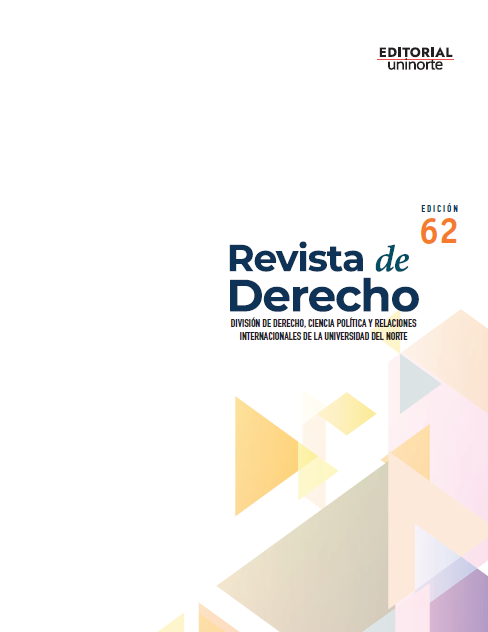The Implementation of SAAL: an Analysis from Authorship and Participation Perspectives
The Implementation of SAAL: an Analysis from Authorship and Participation Perspectives
Keywords:
Artificial intelligence, IHL, intentionality, authorship, participation and crimesAbstract
The Lethal Autonomous Weapons Systems (LAWS) are military systems that are designed to operate autonomously, without direct human intervention and with the ability to select and attack targets on the battlefield. The development and use of LAWS raises important legal debates, especially regarding criminal liability for damage caused. For this reason, it is necessary to determine the legal-criminal consequences of the use of LAWS in the process of selecting military objectives when developing a military operation. Through a descriptive methodology, it can be stated LAWS can perfectly commit an indiscriminate attack that would go against International Human Law which can be converted as a war crime.
References
Aluja Gil, J. (2020). De la razón artificial a la inteligencia artificial. Encuentros multidisciplinares, 22(64), 1-10.
Bernal-Castro, C. y Moya-Vargas, M. (2018). Principios del derecho internacional humanitario (DIH). Editorial Universidad Católica de Colombia.
Block, J. (2017). A laws of war review of contemporary land-based missile defence system ‘Iron Dome’. Scientia Militaria - South African Journal of Military Studies, 45(2). https://doi.org/10.5787/45-2-1207
Pérez, J. (2020). Debate internacional en torno a los sistemas de armas autónomos letales. Consideraciones tecnológicas, jurídicas y éticas. Revista general de marina, 278, 457-469.
Comité Internacional de la Cruz Roja (CICR). (2007). El derecho internacional humanitario consuetudinario Volumen I: Normas. Centro de Apoyo en Comunicación para América Latina y el Caribe. https://www.icrc.org/es/doc/assets/files/other/icrc_003_pcustom.pdf
Comité Internacional de la Cruz Roja (CICR). (2016). Convention on Certain Conventional Weapons (CCW) Meeting of Experts on Lethal Autonomous Weapons Systems (LAWS). https://www.icrc.org/en/document/views-icrc-autonomous-weapon-system
Del Re, A. (2017). Lethal Autonomous Weapons: Take the Human Out of the Loop. Naval War College Newport United States.
Díaz, P. (2009). Principios fundamentales del derecho internacional humanitario. Revismar, 230 - 238.
Docherty, B. (2012). Losing humanity: The case against killer robots. International Human rights clinic.
Ejército Nacional de Colombia. (2017). Manual fundamental de referencia del ejército MFRE 6-27 derecho operacional terrestre público. www.cedoe.mil.co
Downloads
Published
Issue
Section
License
Los artículos publicados en la Revista de Derecho y todo su contenido se encuentran bajo licencia Creative Commons CC BY. Creative Commons Attribution 3.0.








